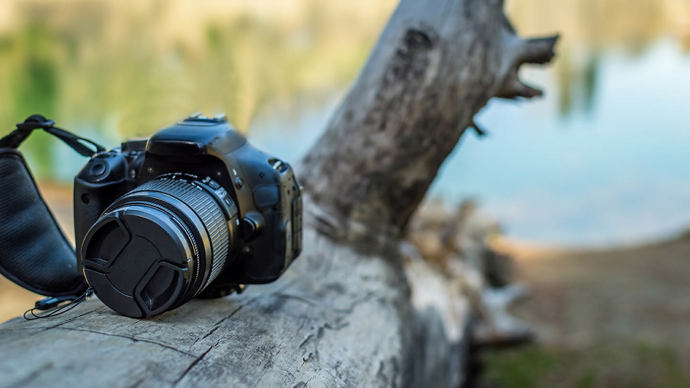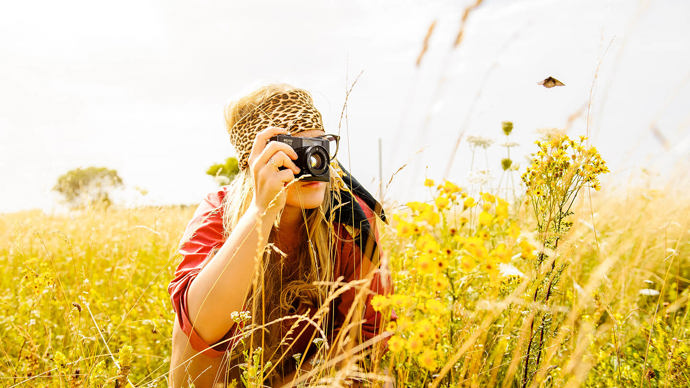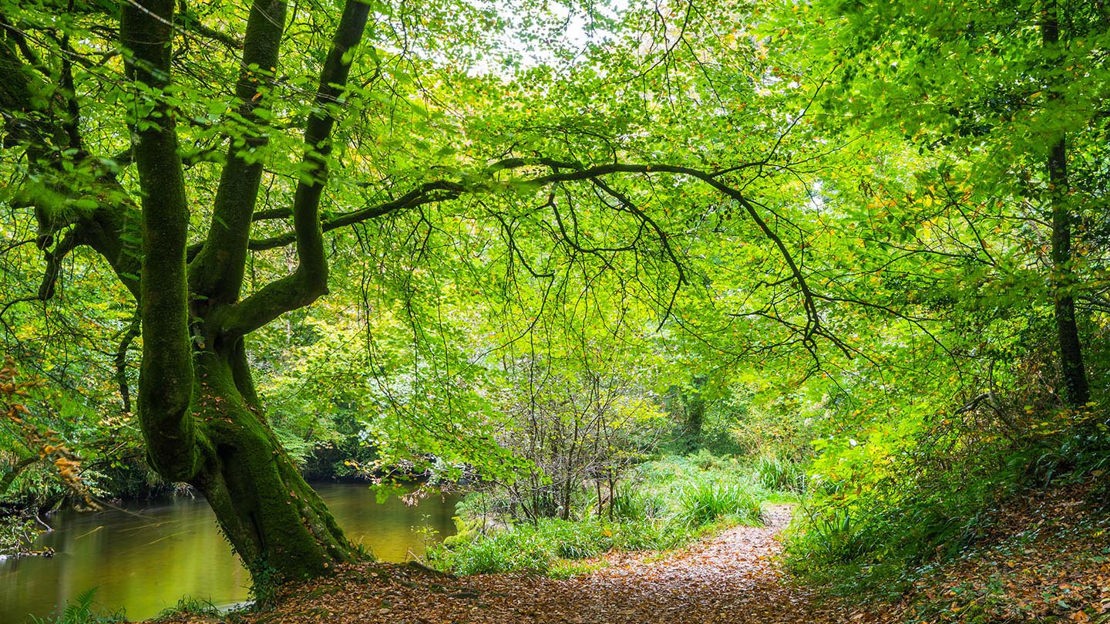
Credit: Mir Basar Suhaib / iStock.com
Equipment
You don’t need a fancy camera to get the perfect shot. Whether you have a digital camera, a DSLR or even a smartphone, you’re sure to take some brilliant pictures. If you do want to invest in some equipment, a DSLR is a great option as you have much more control over how your image looks. A tripod and a remote are also really useful, particularly when shooting in low light or if you’re looking to get some self-portraits in the wood.






